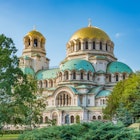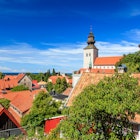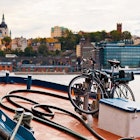Stockholm’s attractions are legion, from abundant waterways and green space to varied neighborhoods brimming with character and enough fascinating museums to keep you busy for a lifetime.
But even if you’ve only got a few days, you can see and do plenty. Whether you’re looking for history, culture or nature, here are our suggestions for places and activities that should be at the top of your list.

Gamla Stan
Every visitor to Stockholm heads to the Old Town, and for good reason. The cobblestoned streets lined with narrow buildings in warm ochre hues are a delight to wander around, especially once you get away from the touristy main drag, Västerlånggatan.
There are major attractions here, from medieval and Renaissance churches to the huge baroque Royal Palace. Yet much of Gamla Stan’s charm comes from simpler pleasures: a quiet square, a tiny alley, a hidden courtyard, or quirky delights such as Stockholm’s smallest statue, an iron boy just 5.9in (15cm) high, looking at the moon.

Stadshuset
Stockholm’s red-brick City Hall topped with three golden crowns has been a symbol of the city since its completion in 1923. Visits are by guided tour only, with highlights including the Blue Hall, where the Nobel Prize banquet is held every year, and the opulent Golden Hall, covered in mosaics depicting key events and people in Swedish history.
Across the courtyard, the 348ft (106m) tower has spectacular 360-degree views of central Stockholm. An elevator takes you halfway up, after which there are stairs and sloping walkways to the cupola.

Strandvägen
Stretching along the Östermalm waterfront from Nybroplan to the Djurgården bridge, Strandvägen is Stockholm’s grandest boulevard. The north side of the street is lined with turreted Art Nouveau buildings from the late 19th and early 20th centuries. Along the south side, a waterfront promenade follows a quay dotted with cafés and restaurants.
Passenger ferries and sightseeing boats bound for the archipelago load at the western end. In summer Strandvägen is Stockholm at its liveliest and most beautiful, but it’s well worth a stroll in any season.

Djurgården
Known for its many museums, Djurgården is also a fine destination for nature and outdoor recreation. Once a royal deer park, the island has extensive woodlands and meadows crisscrossed by walking and cycling paths. Bicycles can be rented next to the bridge at the Djurgården Visitor Center and at Sjöcaféet, which also rents kayaks, canoes and pedal boats.
For a beautiful walk or ride, follow the path along the bay and canal on Djurgården’s north side from the blue gate (Blå Porten) near the bridge. It’s a little over 2.5mi (4km) to the island’s easternmost tip. About 20 minutes from the bridge, Rosendals Trädgård makes a delightful stop, with biodynamic gardens, a farm-to-table café, and a stone-oven bakery.

Vasamuseet
This custom-built museum tells the story of one of Sweden’s greatest failures: the sinking of the warship Vasa, just 20 minutes after setting sail under great fanfare from central Stockholm in 1628. Although built as an expression of Swedish military power, Vasa was fatally unbalanced, and a strong gust of wind was enough to cause her to list. Water flowed in through the open gunports, and down she went, only 0.8mi (1.3km) into her journey and just less than 394 feet (120m) from shore.
For over three centuries Vasa lay beneath the waves before being raised from the seabed in a dramatic salvage operation in 1961. The impressively preserved ship is the museum’s star attraction, but other exhibits provide background and context to this compelling tale of epic failure and amazing recovery.

Skansen
The world’s oldest open-air museum, Skansen is Sweden in miniature. Since it opened in 1891, more than 150 buildings of cultural significance have been moved here from all over the country. In many of them, you can watch people in period dress making handicrafts or performing other traditional tasks. There are also various gardens representing different regions, as well as a zoo where you can see a variety of Swedish wildlife.
If you happen to be in town for any major holidays such as Walpurgis Night, National Day, Midsummer, St. Lucia Day, or Christmas, head to Skansen to experience traditional Swedish celebrations.
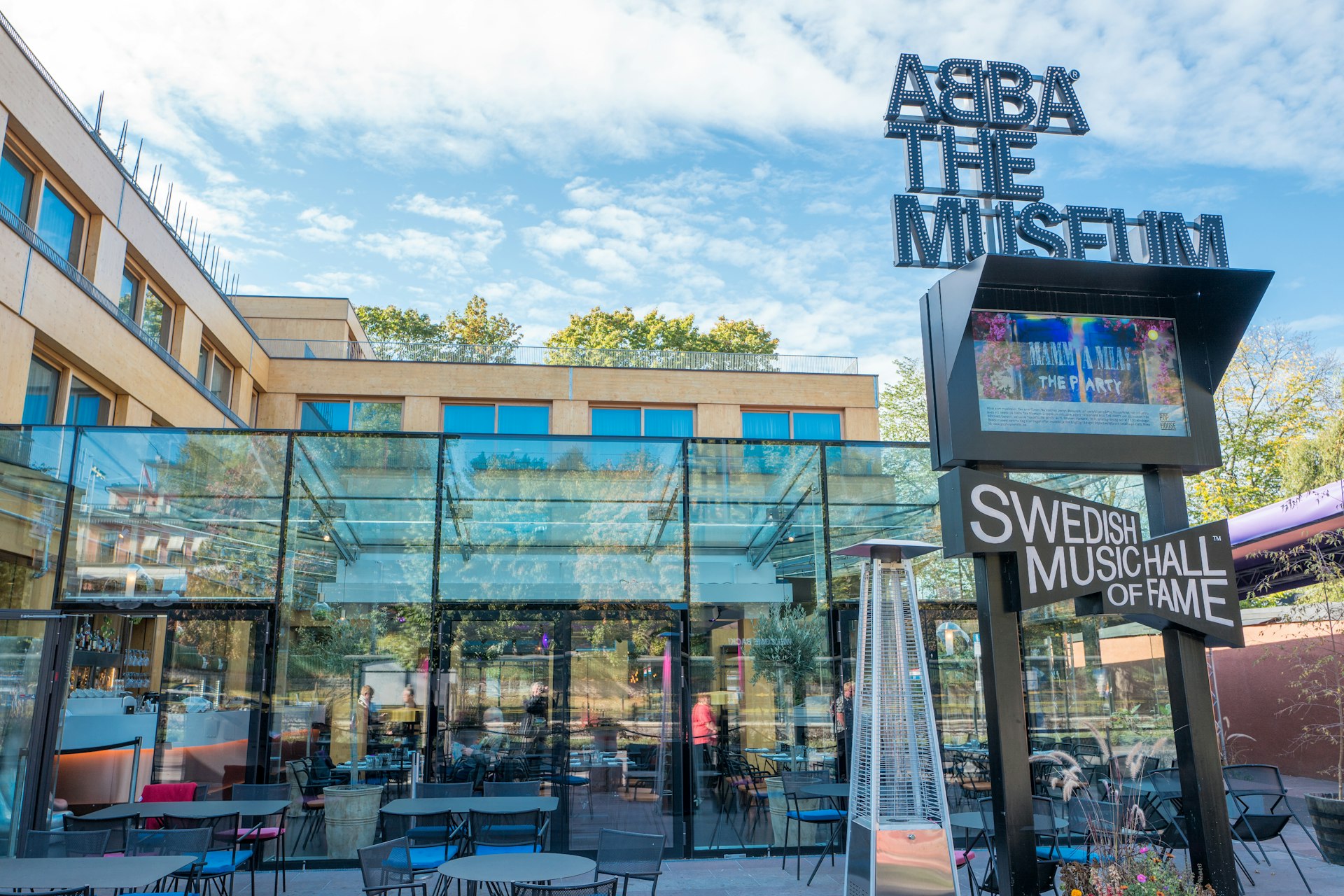
ABBA: The Museum
Four decades after splitting up, ABBA remains a pop music phenomenon and Sweden’s biggest musical export of all time. If you’re a fan, don’t miss this museum packed with memorabilia, from photos and letters to the group’s elaborate stage costumes and a replica of the Polar recording studio with original instruments and equipment.
Most entertaining are the many interactive stations where you can sing with the band on a hologram stage, try your hand at mixing music, dance like your favorite ABBA-avatar, or “try on” costumes in a virtual photo shoot.
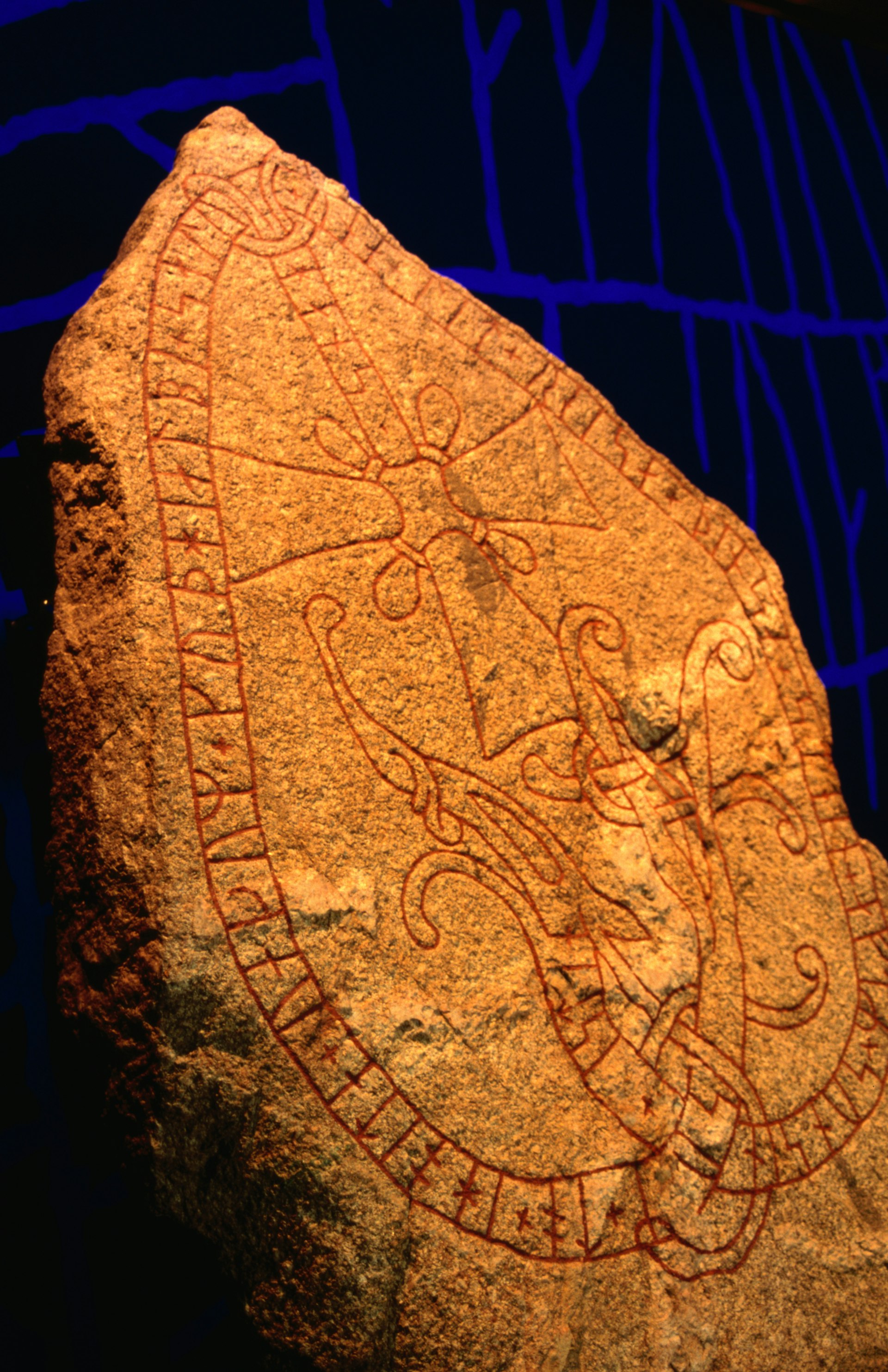
Historiska Museet
For anyone interested in Scandinavia’s past, Historiska Museet is a must. Its Viking exhibit, opened in June 2021, showcases more than 2500 artifacts, with interactive stations exploring every aspect of Viking life. Another permanent exhibit picks up where the Viking exhibit leaves off, tracing Swedish history from the year 1000 to the present day, with a timeline on the floor to guide your steps.
Below ground, the glittering Gold Room displays more than 3000 gold and silver treasures, including three 5th-century heavy gold collars and a jewel-studded gold reliquary from the 13th century.

Skeppsholmen and Kastellholmen
A tranquil green oasis in the heart of the city, Skeppsholmen and Kastellholmen are a perfect break from Stockholm’s urban bustle. As you walk around these small islands, beautiful views unfold in all directions, with Strandvägen and Djurgården to the north and east, and Södermalm and Gamla Stan to the south and west. There are also interesting boats to admire, from the full-rigged sailing ship af Chapman (now a hostel) to 19th-century wooden boats and a lightship docked along Östra Brobänken.
For more than 300 years, Skeppsholmen and Kastellholmen were the domain of the Swedish Navy. Though military operations have moved elsewhere, the triple-tailed Swedish naval flag is still flown daily from the roof of the small citadel on Kastellholmen as a symbol that the country is at peace.

The view from Södermalm
With steep cliffs rising straight from the waterfront, Södermalm is the place to go for panoramic views of central Stockholm. One justly popular spot is Monteliusvägen, a clifftop walking path just west of Slussen, opposite Stadshuset and Riddarholmen. A bit further west, central Stockholm’s highest point, Skinnarviksberget, is a good place to soak up some sun or enjoy a picnic while gazing out at Kungsholmen and Lake Mälaren.
Alternatively, head east from Slussen to the clifftop street Fjällgatan for a magnificent view encompassing Djurgården, Kastellholmen, Skeppsholmen, Gamla Stan and beyond.
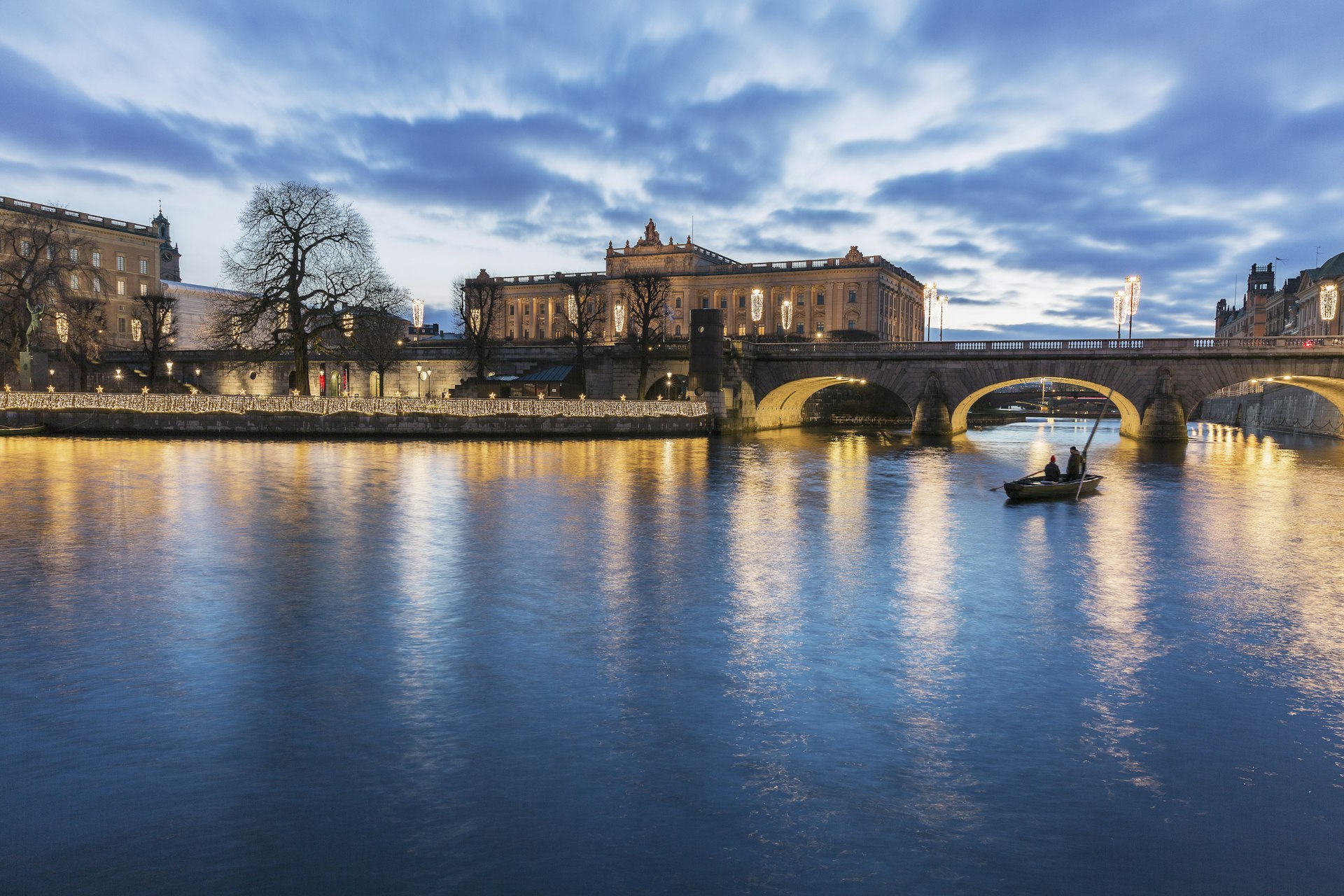
Stockholm by boat
Stockholm may not be the only city dubbed the Venice of the North, but one thing is certain – you haven’t really seen the city until you’ve seen it from the water. At the very least, hop on the Djurgården passenger ferry for the 7-minute trip between Slussen and Djurgården.
For something more informative, take a Historical Canal Tour (scheduled to reopen again in 2022) around the islands of Kungsholmen and Långholmen, circle Djurgården on the Royal Canal Tour or travel Under the Bridges of Stockholm to visit both the Baltic and the Lake Mälaren sides of the city. Alternatively, choose one of the hop-on-hop-off boats that travel between key attractions on the Baltic side of Stockholm.
You may also like:
Best places to swim in Stockholm
The best things you can do for free (and nearly free) in Stockholm
How to get around in Stockholm






